Articles by Amit Bhatt
Intelligent street design critical to independence of movement
There many examples in Gurugram where the agencies have spent crores on creating spaces for motor vehicles but not invested even paltry sums on creating facilities for pedestrians.
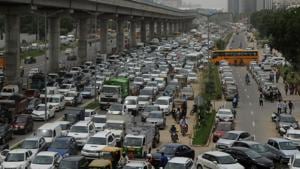
Updated on Aug 23, 2018 11:58 AM IST
Parking space can never suffice, regulation required to ease jams
Areawise planning, price parking and managing parking spaces can reduce use of private vehicles, bring in revenue and help clear public space.
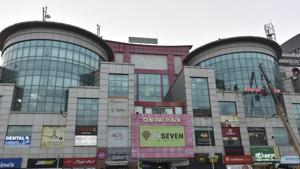
Updated on Aug 08, 2018 01:11 PM IST
Public buses improve road safety and shape urban development
A bus system is the backbone of any city, even those that have a Metro rail. London, for example, has over 400km of Metro tracks, yet 6 million people use buses everyday.
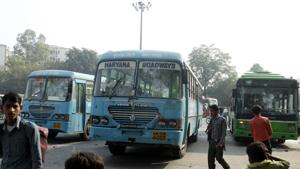
Updated on Aug 01, 2018 02:19 PM IST
What’s flooding Gurugram apart from rains?
Ignoring a city’s topography, excessive concretisation, and lack of resilient infrastructure are some of the reasons why residents in Gurugram suffer during the monsoon season.
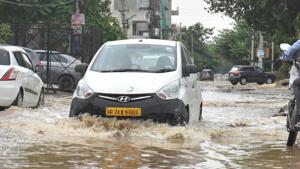
Updated on Jul 18, 2018 03:14 PM IST
‘Need to ensure Gurugram’s mobility plan does not become a mere report’
Gurugram needs a common mobility plan because it is a fast growing city and updated data would strengthen its strategy to address mobility issues in the city.

Updated on Jul 16, 2018 03:30 PM IST
Our cities should be designed for people, not just motor vehicles
As per the Census 2011, 23% of people walk to work, 13% cycle to work and only 2.7% people drive to their workplace. Yet, planners continue to design cities for motor vehicles, giving more people the reason to shift to motorised transport (or buy private vehicles).
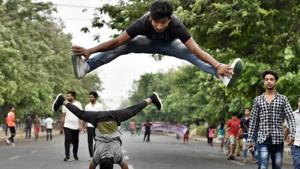
Updated on Jun 29, 2018 02:54 PM IST
Our cities should be designed for people, not just motor vehicles
Research by WRI India suggested that in Gurugram and Mumbai, around 30% of people who participated in the Raahgiri campaign went and actually bought bicycles after the event.

Updated on Jun 27, 2018 08:09 PM IST
Why Haryana requires a unified metropolitan transportation body
The transport department is also supposed to look at the development of public transport in cities, but the regional transport authority is mostly involved in issuing licences to drivers and granting permits for vehicles. The result is that the city continues to suffer from the lack of a good public transport.
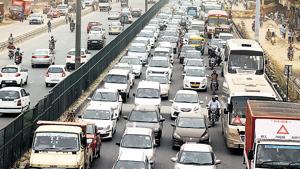
Updated on Jun 20, 2018 09:32 AM IST
Hindustan Times, Gurugram | Amit Bhatt
Traffic myths ruining Gurugram’s mobility: Roads meant for cars, need more space, remove intersections
The most popular mode of travel in the Gurugram is walking. So, why is the city catering only to cars?
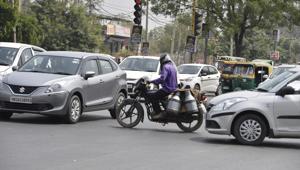
Updated on Jun 06, 2018 11:19 AM IST






